The Yom Kippur War 1973
The Israeli Victory in 1967 left the main Arab powers of Egypt and Syria humiliated but determined to regain the territory they had lost in just six days. Israel's victories in 1948, 1956 and 1967 had been won through rapid movement to sieze the initiative and concentrate her outnumbered troops to maximum effect. Egypt and Syria hatched coordinated plans for a surprise attack that aimed to catch the Jewish state when it was at its most vulnerable and force it to fight on two fronts simultaneously.
On 6 October - Yom Kippur, the holiest day in the Jewish calendar - Egyptian and Syrian forces launched their attacks against the skeleton Israeli forces holding the areas seized 6 years earlier. While the Syrians unleashed massed armoured formations against the Golan Heights, the Egyptians crossed the Suez Canal. This latter attack was brilliantly executed; Eyptian assault troops crossed the waterway in boats and amphibious vehicles and stormed the Bar Lev Line network of forts, before destroying sand barriers with fire hoses and bridging the canal to enable heavy vehicles to cross. Commandos were helicoptered into the Sinai Desert where they made the first major use of Anti-Tank Guided Missiles to blunt Israeli armoured forces rushing to counter-attack.
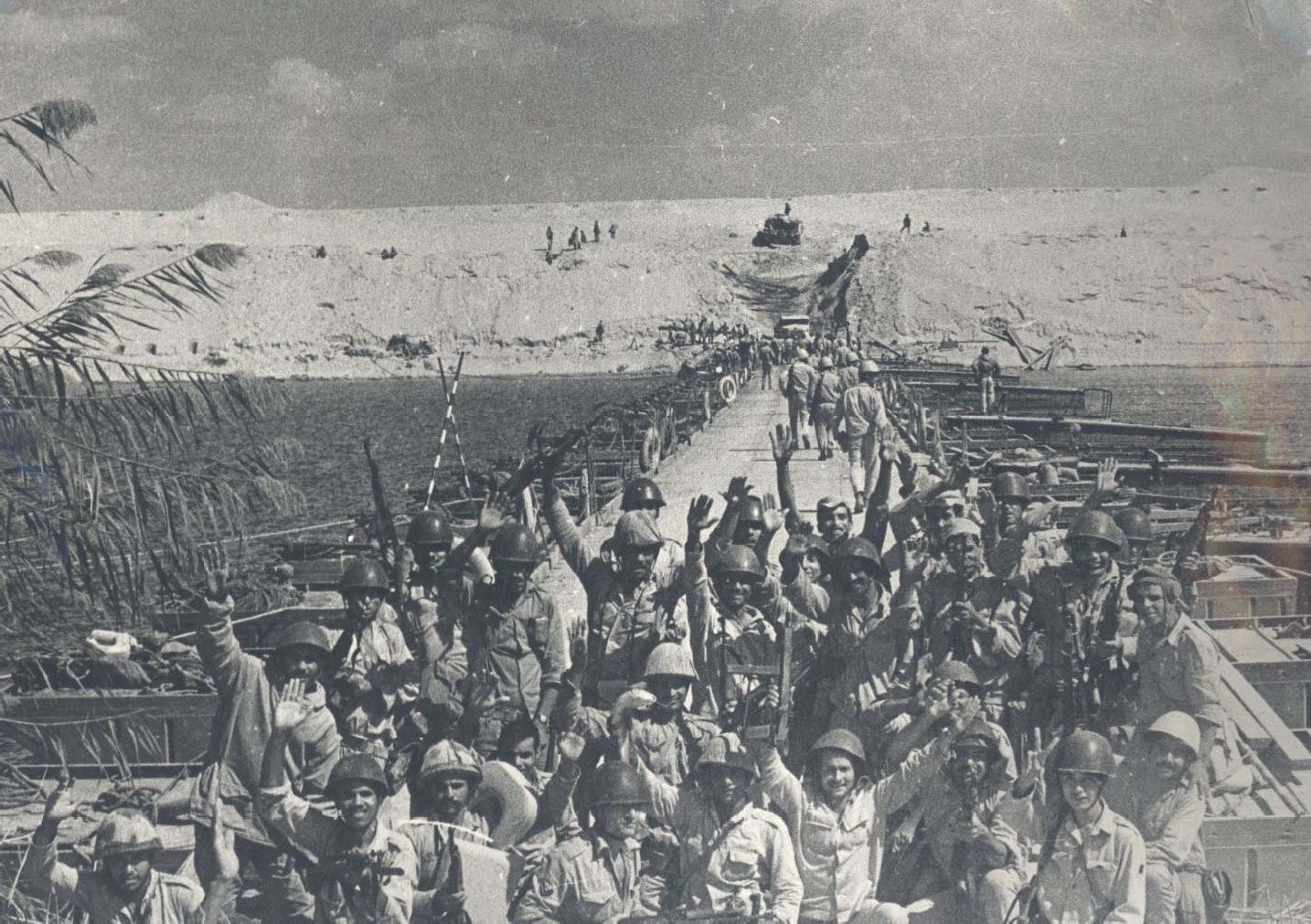
Stalemate ensued as the Israelis were unable to make headway against the Egyptians while the Egyptians declined to risk advancing out of the protection of their air defences and artillery concentrations.
The Syrian attack was less successful. Despite facing overwhelming numbers the 2 defending Israeli brigades took a heavy toll on the attackers and prevented a break-through......just. As reinforcements rushed to the front the Israelis were able to counter-attack and push the Syrians back past their start lines.
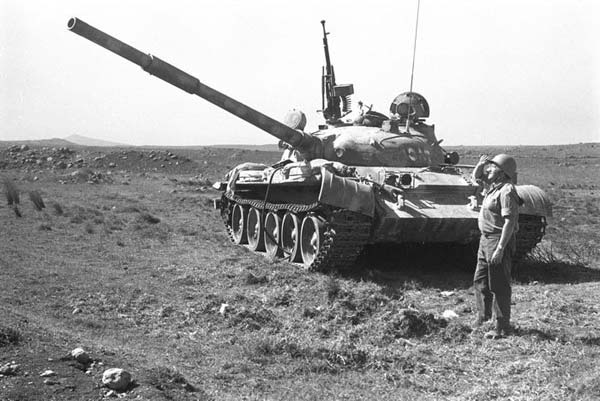
Under pressure from the growing Israeli strength - boosted by airlifts of equipment from the USA - President Assad of Syria pleaded for Egyptian action to divert Israeli forces away from the Golan Heights. President Sadat of Egypt ordered reserves to cross the Suez Canal and on 14 October the Egyptian Army advanced eastwards. In the largest tank battle since Kursk in 1943 the Egyptian attacks were smashed.

The Israelis followed up their victory by crossing the Suez Canal and advancing towards Cairo. Reinforcements from Iraq and Jordan were ineffective in stemming the Israeli advance aginst the Syrians, and with Israeli tanks within 25 miles of Damascus and 60 miles of Cairo a US-Soviet agreement led to the imposition of a ceasefire on 25 October.
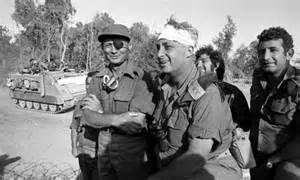
The Israeli army was a citizen force in which both men and women were required to serve, although only the former could operate in the frontline. A cadre of regular units was maintained to be reinforced by a mass call-up of reserves in emergencies, as happened at the start of the War. The Israeli army displayed flexibility and a 'can do' attitude , and there was mutual trust between officers and other ranks. The victory in 1967 had been achieved by rapid advances of armoured forces and the tank crews had acquired a high level of confidence and a tactical competence that enabled them to easily beat larger numbers of Arab tanks; however this led to a recklessness that was exploited by Egyptian commandos with Saggers early in the War. A note on Israeli organisation; the rapid mobilisation meant that 'paper' orders of battle became irrelevant and units went into action with the men and equipment that was available, with many being heavily over-strength. Israeli tank crews should be rated as Professional or Regular, with Expert training. Israeli infantry should be Regular and Trained, although some brigades such as the Golani could be rated higher, and the paratroopers would be be Elite and Expert.
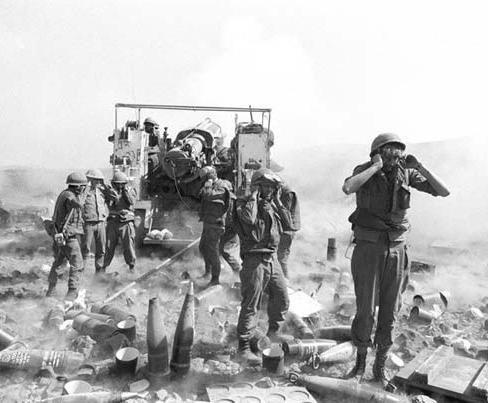
The Israeli lists can be downloaded here
The 1967 debacle saw the Egyptian army lose vast amounts of equipment. Shipments from the USSR replaced these losses with more modern weaponry but despite this, plus surprise and superior numbers, Egypt quickly suffered its fourth defeat to Israel in a quarter of a century. A quick look at the Egyptian army will explain why. The Egyptian army was highly centralised with little trust and encouragement of initiative down the chain of command. The soldiers were trained to use their equipment competently but there was no tactical flexibility. NCOs, the backbone of good western armies, were poorly regarded by the officers and were usually promoted for having some degree of literacy instead of it being due to possessing leadership ability or experience. Egyptian troops would normally be rated with Conscript morale and Raw training, although the commandos could be Regular and/or Trained.
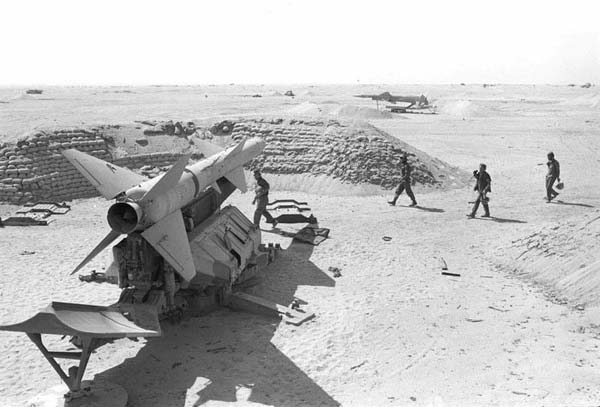
The Egyptian lists can be downloaded here
Like the Egyptians, the Syrians had to rearm after the Six Day War. The Syrian army also shared many of the command and training weaknesses of the Egyptian army that are reflected by the failure to break-though on the Golan Heights at the start of the War. That many Syrian units fought bravely and continued to advance despite suffering crippling losses does however point to a degree of high level of motivation and there were instances of inspired leadership. Syrian troops would normally be rated with Conscript or Regular morale and Raw training, although Professional morale would be appropriate for some units. The commandos would be Professional and Trained.
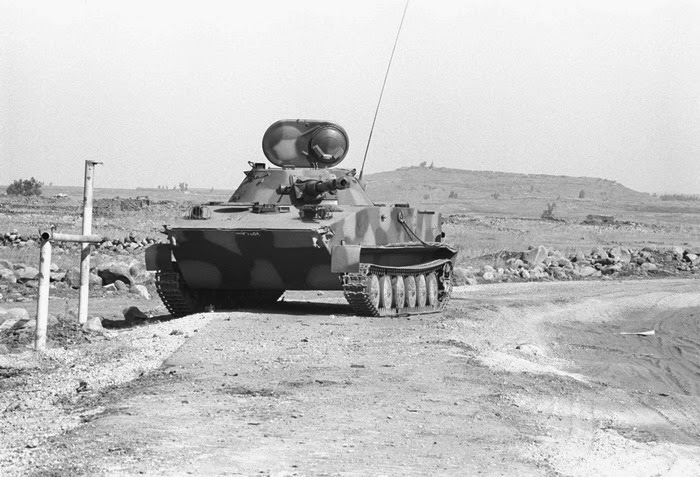
The Syrian lists can be downloaded here